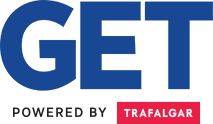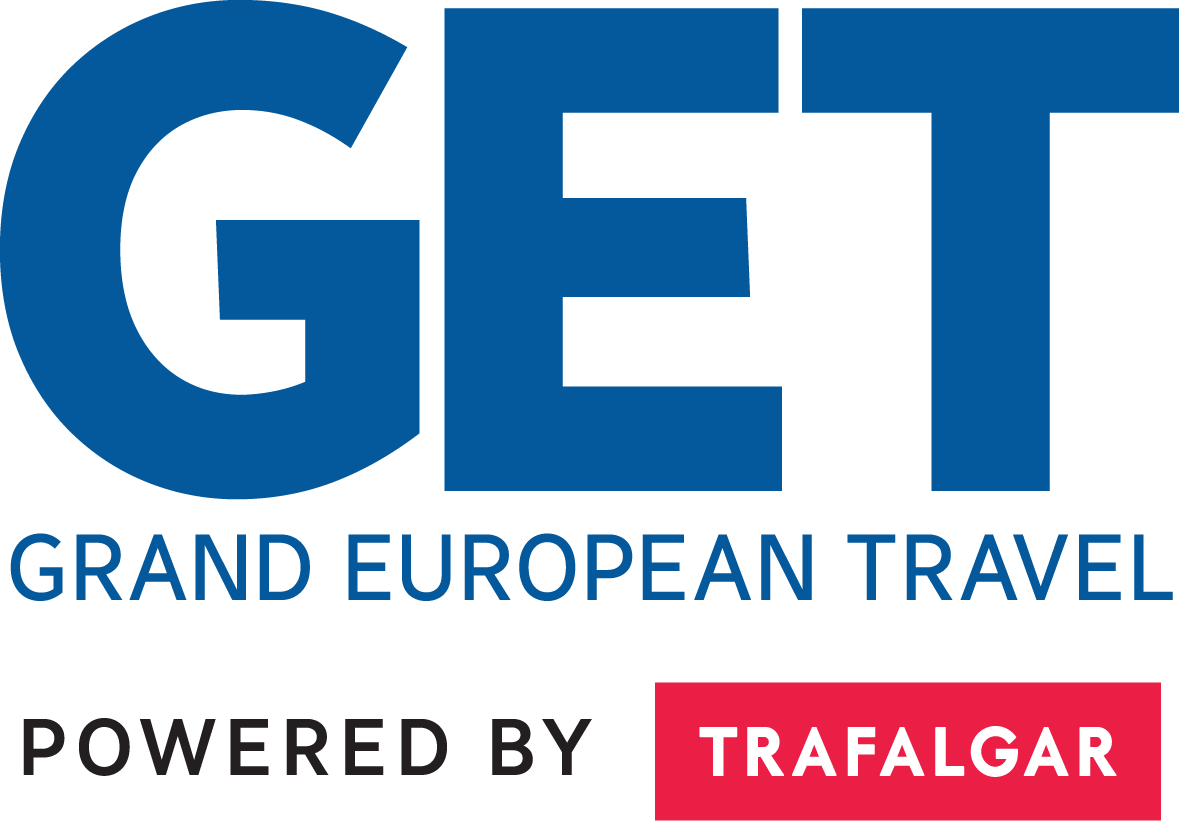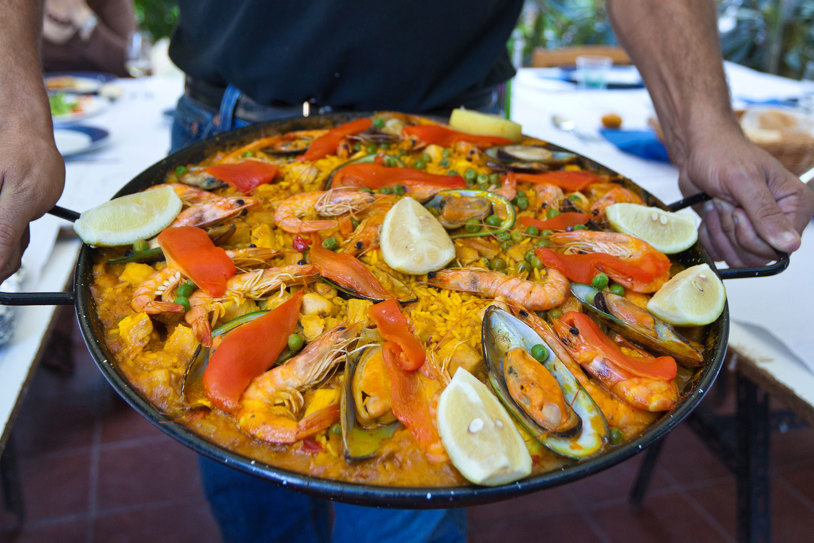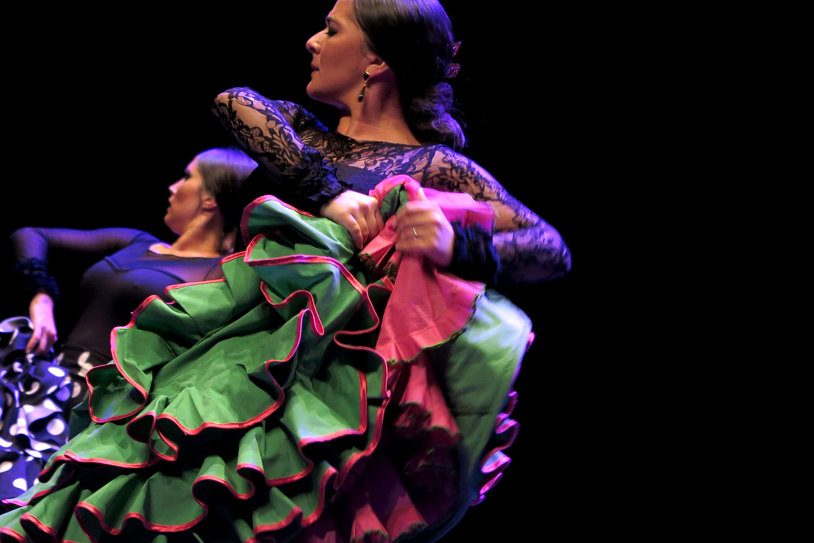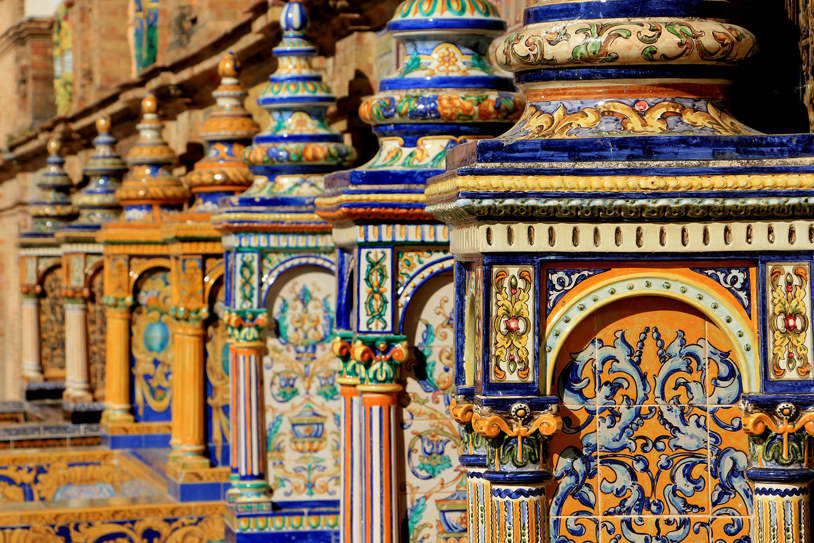Spain is a unique melting pot of cultural influences. You can feel this amalgamation in Spain’s music, architecture, and cuisine, making it one of the most fun and fascinating countries to explore!
About Us
For more than 50 years, Grand European Travel has been providing a wonderfully simple, and genuinely personal, way to travel.
Meet Our Team
Our Travel Specialists make planning your trip fun and hassle free
Guided Vacations
Top 10 advantages of taking a guided tour
Guest Reviews
As you plan your trip, read our unedited guest reviews
Travel Insurance
Protect your vacation with travel insurance.
Responsible Travel
Powered by our not-for-profit foundation, TreadRight
Current Offers
From Last Minute Deals to limited time promotions, see all offers.
Big Travel Sale
SAVE up to 15% on 2026 Tours
Double Past Traveler
Double Global Tour Rewards on select trips
Uniworld Anniversary Sale
Save up to 30% on river cruises
GETAWAY Deals
Great deals on last minute travel
AARP Member Benefits
Enjoy exclusive savings on guided tours and river cruises
2027 Cruise Savings
Early Booking Savings up to 20%
Solo Traveler Deals
2026 Single Supplement Cruise Discounts
History and Art
of Flamenco Dancing

"You can't have a true Spanish experience without Flamenco."
The History of Flamenco
According to most scholars, Flamenco dancing dates to the 15th century, though there are claims the art dates back to even the 14th. The golden age of flamenco rose during the Romantic Era — from the late-1700s to the mid-1800s. During this era, singing was the primary concentration of focus within Flamenco; with guitar and dance playing a supporting role. In 1881 Silverio Franconetti opened the first café cantante inviting spectators to imbibe and enjoy a firey musical show. Even though Franconetti was a Flamenco singer, the shows featured the dancers in the spotlight; the singers playing supporting roles.
These bars and shows developed and spread over time, eventually opening the door for ópera Flamenca, once the opera and ballet began incorporating elements of Flamenco. What had begun as an amalgamation of folk forms was now transforming into a serious commercial force; appreciated by Spanish aristocrats.
In order to protect its Spanish authenticity, artists and intellectuals began to hold Flamenco competitions in the 1920s; popularizing Flamenco on the global stage. In an attempt at propaganda, it was adopted by Spanish dictator Francisco Franco as the National Dance of Spain, further cementing the art form into its esteemed place.
Flamenco Attire
In flamenco performances, the female dancers customarily wear an elaborate red or black ruffled dress which helps accentuate her movements. Some say that the Polka dot pattern typical in Flamenco draws its origins in the small, round mirrors traditionally worn on clothes to ward off evil spirits. Male dancers wear tight black pants and a white, long-sleeve shirt with a jacket or vest.

Flamenco Songs
There are three categories of flamenco songs: cante jondo, cante intermedio, and cante chico—profound, intermediate, and light songs, respectively. Cante jondo songs typically flow with heavy emotional themes—death, sadness, religion. The cante chico has a lighter, happier tone—love, celebration, renewal—and simpler rhythms. Cante intermedio songs fall in between the two; though even when dealing with serious issues, they have a less tragic feeling. Keep reading to learn more...
Amazing Spain and Portugal
Day 1
Welcome to MadridDay 2
The old capital of Toledo and on to GranadaDay 3
The Alhambra Palace and Seville, City of CarmenDay 4
Free Time and Flamenco in SevilleDay 5
Évora and on to LisbonDay 6
Lisbon and the Age of the DiscoveriesDay 7
Holy Fátima and SalamancaDay 8
Ávila and MadridDay 9
Depart Madrid
Best of Spain and Portugal
Day 1
Welcome to MadridDay 2
Madrid of the BourbonsDay 3
Segovia and Golden SalamancaDay 4
Porto, Grande Dame on the DouroDay 5
Holy Fátima, Ancient Óbidos and LisbonDay 6
Lisbon and the Age of the Great DiscoveriesDay 7
Seville, the City of CarmenDay 8
Free Time and Flamenco in SevilleDay 9
Head for Gibraltar and the Costa del SolDay 10
At Leisure on the Costa del SolDay 11
Dining with Locals and the AlhambraDay 12
On to ValenciaDay 13
Along the Coast to Peñíscola and on to BarcelonaDay 14
Barcelona SightseeingDay 15
Depart Barcelona
Highlights of Spain
Day 1
Welcome to BarcelonaDay 2
Barcelona, the City of GaudíDay 3
Along the coast to ValenciaDay 4
Exquisite Granada and AlhambraDay 5
A Scenic Drive to SevilleDay 6
Seville, the City of CarmenDay 7
Moorish Córdoba and on to MadridDay 8
Madrid of the BourbonsDay 9
Depart Madrid
The Art of Flamenco Dancing
The male focuses on complex footwork and the female dancer emphasizes the movements of the hands and torso, while the guitarist keeps time. It's romantically acknowledged that the Flamenco dress is said to enhance the dancer's shape in a similar way to a "guitar body." The result is a beautiful synergy of sound and movement, a passionate, romantic art form that any visitor to Spain should see for themselves!
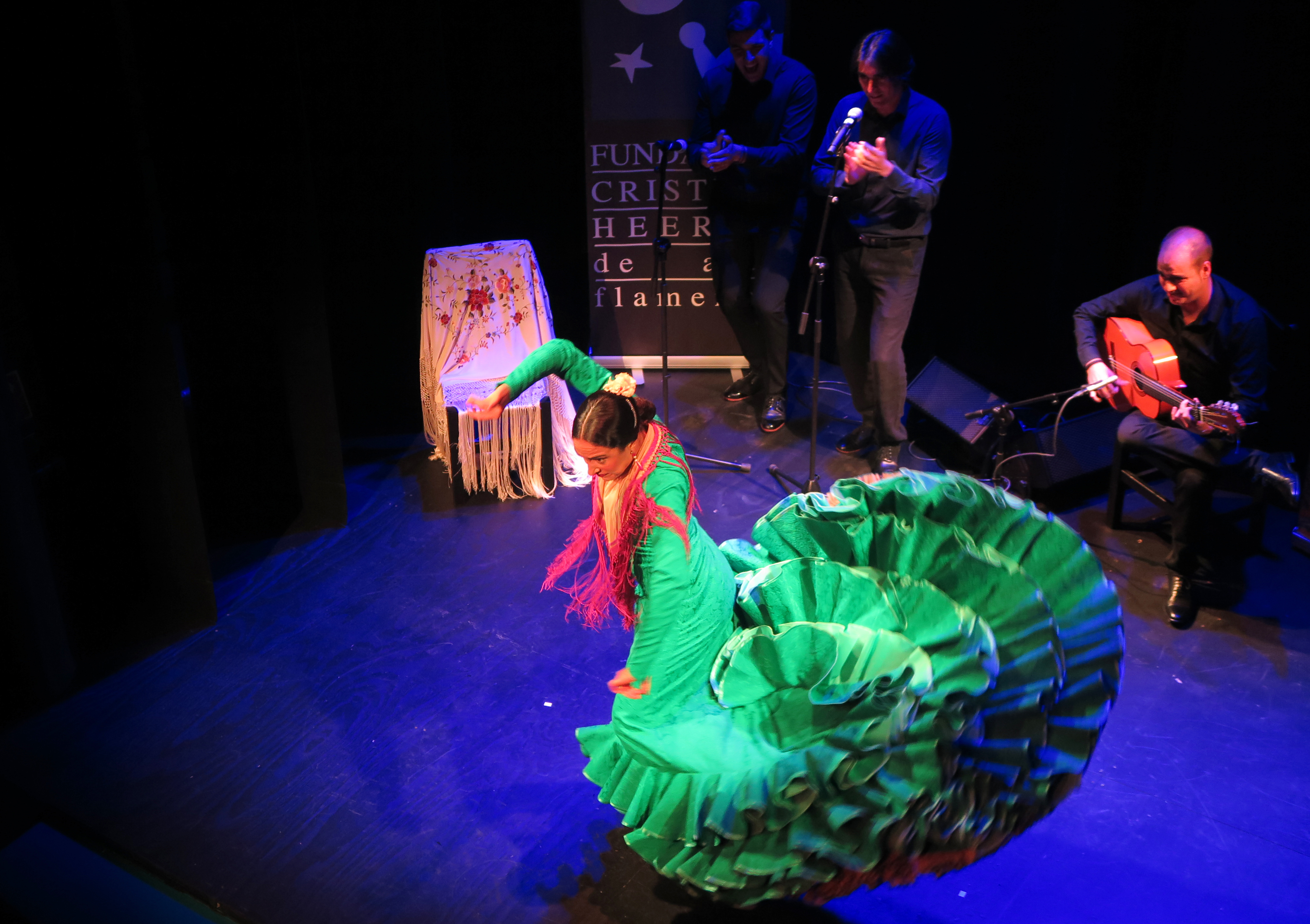
The Cristina Heeren Foundation of Flamenco Art
The Cristina Heeren Foundation of Flamenco Art is a private, non-profit entity, created in 1993 in Seville by Cristina Heeren, the Hispanist-American patron. Its aims are the promotion, the teaching, and the conservation of flamenco both in Andalusia and Spain, as well as internationally. The TreadRight Foundation sponsors four scholarships for advanced students of guitar, singing, and dance at the foundation.
You Might Also Like
Find Your Perfect Destination
 Tap To Call
Tap To Call
 Free Brochure
Free Brochure
Order Your Free Brochure
Sign up to order your FREE travel brochure subscription and get exclusive offers only available to our subscribers
Thanks for signing up to receive our latest brochure. As a subscriber, you'll be the first to receive our new brochures as they are released, plus great deals in your inbox.
